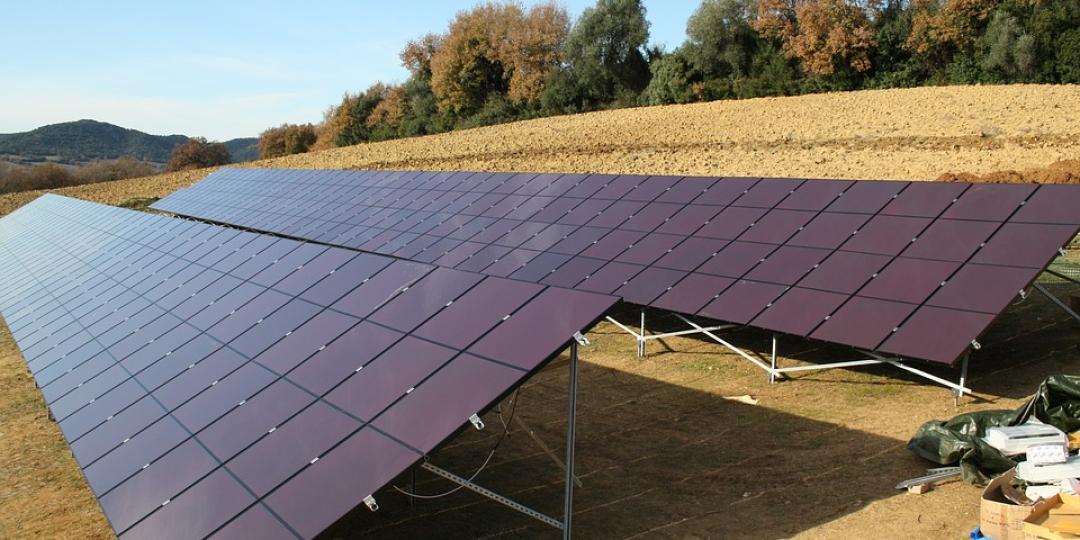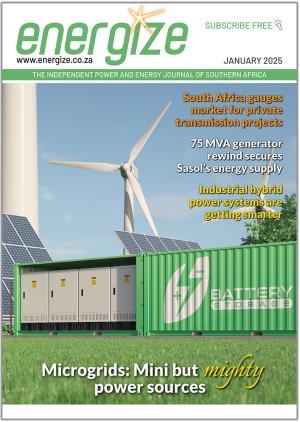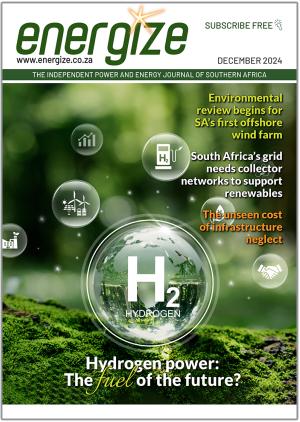by Niveshen Govender, SAPVIA
The South African Photovoltaic Industry Association (SAPVIA) welcomes comments made by Eskom CEO Andre de Ruyter recently in support of an increased distributed generation license exemption cap. Distributed generation can add capacity to the grid, reduce load-shedding, and create jobs but there must be policy and regulatory action.

SAPVIA has long been engaged in advocating for the systematic easing of licensing thresholds, to unlock the significant opportunity held by distributed generation. We therefore welcome the support of the state-owned utility for lifting licensing thresholds from 1 to 50 MW to accelerate distributed generation by large customers.
As a key sector player, Eskom’s support in this effort should encourage more haste in regulatory changes from the Department of Mineral Resources and Energy (DMRE) and the National Energy Regulator of South Africa (Nersa).
The benefits of a specific allocation within the Integrated Resource Plan (IRP) and lifting of licensing thresholds are now common knowledge and as a key government partner in the energy space, SAPVIA remains committed to engaging and collaborating with both DMRE and Nersa to develop the required changes.
Increased deployment of embedded generation capacity will release the pressure on Eskom’s already constrained supply. Simply put, distributed generation provides, rapid, clean, additional capacity to the grid.
No one would disagree with the need for increased capacity as our economy is hamstrung by the ongoing blight of load-shedding. But distributed generation will also create jobs, spur localisation and industrialisation, which will be vital in driving South Africa’s economic recovery.
It is clear from De Ruyter’s comments that Eskom realise that the utility must look for alternative solutions to combat the ongoing energy crises and we are hopeful that this will be followed up with the necessary legislation changes to make this a reality.
Send your comments to rogerl@nowmedia.co.za















